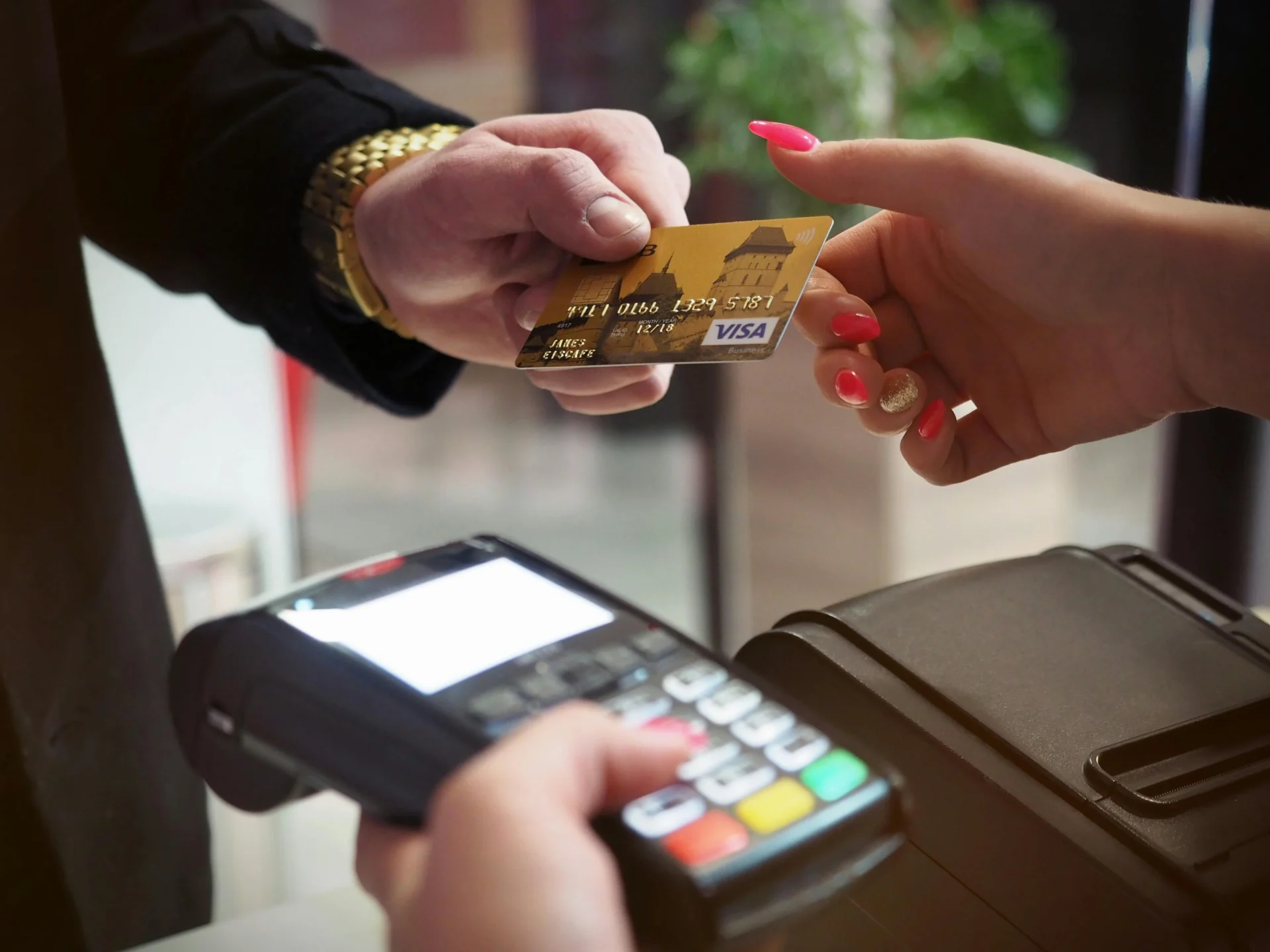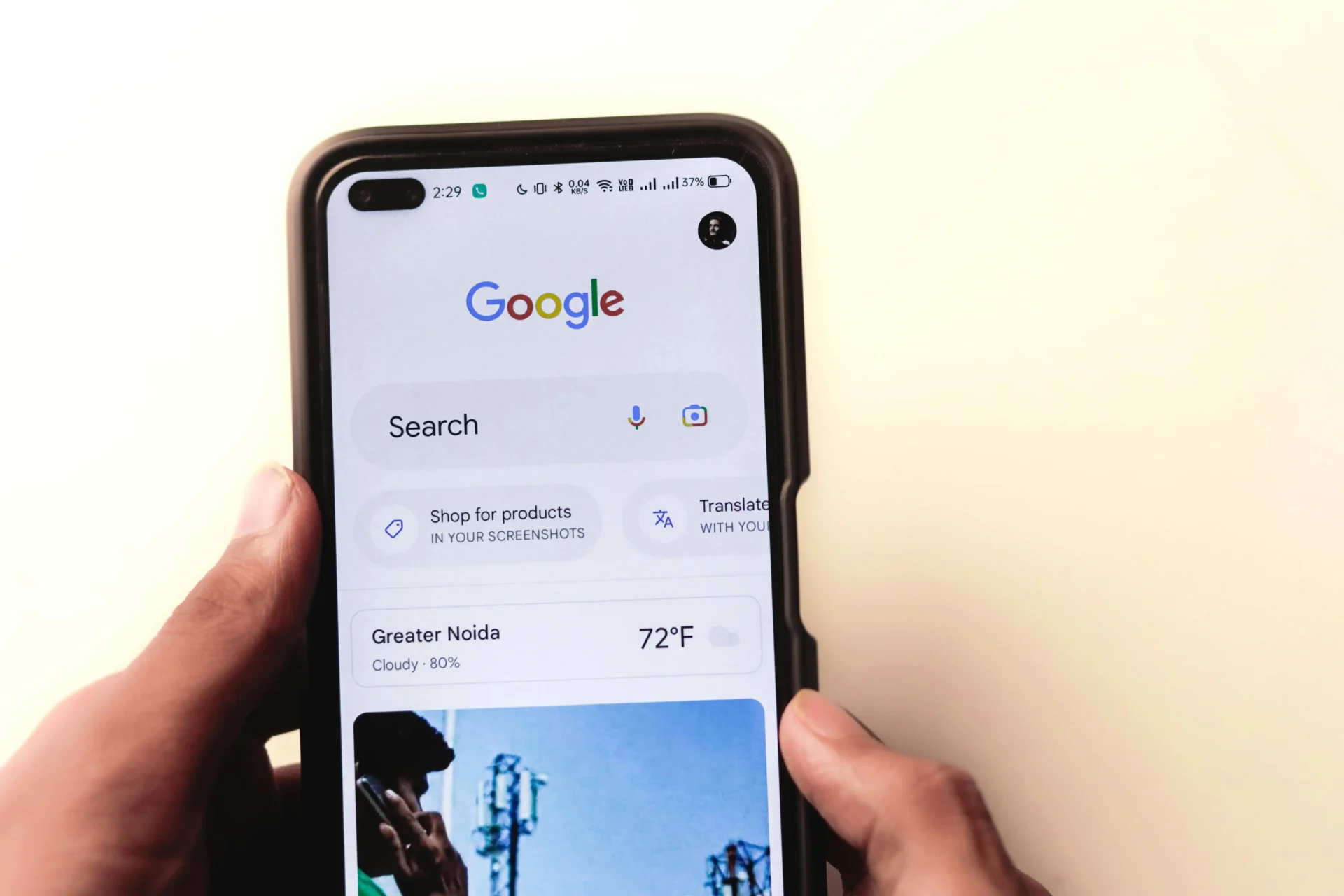The fast-moving world of consumer goods leaves little room for guesswork. Every successful brand today relies on data-backed decisions to stay relevant. That’s why CPG consumer insights have become a critical part of modern strategy. These insights reveal more than just numbers; they uncover motivations, habits, and unmet needs that brands must address. With the right interpretation, insights can transform messaging and guide product launches that meet real demand. Leading brands apply these findings not just in creative campaigns but across full-funnel CPG marketing operations. In this environment, aligning with customer needs is not optional. It is fundamental to growth.
Consumers also expect more personalized experiences and quicker brand responses than ever before. Meeting these expectations means understanding the entire customer journey, not just the purchase point. Today’s insights are drawn from behavioral data, real-time engagement, and broader CPG digital trends that reflect shifting values. As these insights grow more granular, they increase in strategic value, shaping everything from media targeting to shelf placement. They inform how products are positioned, when they’re launched, and how they’re discussed in public. Brands that commit to insight-led operations move faster and smarter. This blog explores how to capture those insights and convert them into results.
Defining Consumer Insights in the CPG Sector
In the context of the consumer packaged goods industry, insights refer to meaningful discoveries about how and why people buy, use, and talk about products. These insights are derived from data sources such as survey responses, POS behavior, and social media engagement. But the value lies not in the data itself. It’s in the story that emerges. Understanding that customers want plant-based snacks is one thing. Understanding that they choose them for health and sustainability reasons is where true CPG market research proves its worth. Brands that recognize these motivations can tailor both messaging and product development around real desires.
Effective insights are rooted in clarity, not just patterns. A spike in purchases may point to a trend, but true insight connects that spike to lifestyle, emotion, or identity. This is where experienced consultants for CPG can help transform surface-level data into deeper consumer truths. For instance, recognizing that millennial parents prefer low-sugar snacks because of family wellness goals provides strategic direction. Brands use this type of information to shape tone, timing, and creative execution. Campaigns informed by deep understanding often outperform generic strategies that miss these nuances.
Well-developed insights impact every function of a brand. Product teams use them to inform packaging choices, ingredient updates, and form factors. Meanwhile, marketers apply them to fine-tune segmentation and personalize messaging across channels. Sales and executive teams use insight findings to prioritize CPG pricing strategy discussions, expansion planning, or new retail partnerships. These insights guide how a brand is positioned and how it evolves over time. When aligned across departments, insights streamline resources and unify objectives. They do not just shape short-term wins. They build lasting brand relevance.
Where Modern CPG Brands Source Insight
Modern insight collection reaches far beyond traditional focus groups and basic surveys. Today’s leading brands tap into digital platforms to capture real-time behavior and sentiment, painting a more complete picture of the consumer. Brands that fully utilize these sources often find opportunities sooner and act more effectively. This approach is central to many digital marketing solutions for CPG brands, which depend on timely insights to stay competitive. As consumers engage across apps, websites, and social feeds, feedback is constantly generated and waiting to be mined. Insight collection has become a continuous, high-value process.
Social media, in particular, has become one of the most dynamic sources of insight. Reactions, shares, and discussions can quickly reveal shifts in consumer priorities and values. These insights often spark changes in creative tone, product positioning, or timing. Strategic teams use this intelligence to inform CPG brand strategy well before trends show up in sales data. By combining these findings with traditional surveys, brands get both real-time signals and deeper emotional understanding. Together, they create a feedback loop that improves responsiveness and strategic planning across departments.
More immersive insight tools are also on the rise. Brands now use methods like mobile diaries, eye-tracking studies, and in-home testing to see how consumers interact with products in their daily lives. These qualitative tools uncover motivations that might never surface in standard questionnaires. For teams focused on CPG retail marketing services, this firsthand behavioral data informs everything from shelf design to packaging formats. The goal is not just to gather feedback but to understand usage patterns, emotional reactions, and product roles within real routines. They turn speculation into clarity and concepts into consumer-approved executions.
The Strategic Role of Consumer Insight in Brand Growth
Consumer insights have moved from being optional tools to becoming foundational elements of brand success. The most resilient and scalable companies rely on this knowledge to fine-tune their position in the lives of their customers. With clear insight, product development becomes more focused and marketing becomes more relevant. When grounded in CPG consumer insights, strategy gains precision and impact across all major decisions. This leads to better alignment of resources, reduced waste, and stronger competitive performance. Brands that prioritize insight consistently outperform those that operate without it.
When insights are used to connect departments, the entire organization benefits. Marketers can tailor campaigns with messages that match current sentiment, while product developers focus on the features customers truly care about. Retail teams also gain from improved accuracy in shelf planning and placement. These improvements are supported by ongoing CPG content strategies that reinforce consistent brand experiences at every touchpoint. Customers respond to brands that reflect their needs and values accurately. That response translates into long-term loyalty and deeper emotional connections with the brand.
Innovation also becomes more predictable when guided by quality insights. Instead of relying on gut instincts, brands explore new ideas based on real consumer behavior and needs. This approach is especially valuable in areas like product innovation for CPG, where launching new flavors, formats, or bundles often carries risk. By identifying unmet needs or underserved segments, brands can approach innovation with more confidence and less trial and error. The result is a higher success rate and faster time to market. Insights ensure that new products are relevant and positioned to win. They help brands grow in a way that feels natural and connected to their audience.

Why Data Type Diversity Enhances Insight Accuracy
Relying on a single source of data can leave dangerous gaps in strategy. Brands that combine multiple data types are far more likely to reach accurate conclusions. Quantitative data helps explain what is happening, while qualitative data gives context to why it is happening. Metrics like sales lift, purchase frequency, and return rates are valuable, but their real power emerges when paired with sentiment, motivation, and experience. Strong CPG consumer insights come from blending hard numbers with human understanding. This is why working with a CPG digital marketing agency can be strategic for a brand’s growth.
Too many brands rely heavily on either sales reports or surface-level surveys. Alone, these are not enough for confident decisions at scale. By incorporating digital interactions, mobile usage, and in-store movement, brands begin to identify deeper trends and behaviors. With support from advanced data analytics for CPG, teams gain better visibility into campaign outcomes, consumer preferences, and engagement drivers. These tools allow for more nuanced segmentation and better media targeting. Analytics brings structure to complex data environments, helping teams cut through the noise. This added layer of interpretation refines everything from creative execution to retail negotiation strategies.
Emerging forms of insight are pushing this diversity even further. Zero-party data, where consumers voluntarily share preferences and feedback, is becoming a new standard for ethical and high-accuracy targeting. When paired with AI and predictive modeling, brands can anticipate behaviors rather than just react to them. Many teams now integrate AI in CPG industry platforms to analyze these inputs in real time. Through multiple input streams, companies can stay aligned with evolving expectations and changing market forces. The more diverse the data, the more resilient the strategy becomes.
Shaping Personalization Using Social Insights
Real-time insights offer immediate feedback that helps brands stay agile in fast-changing markets. Brands that monitor these live streams can respond quickly to consumer behavior shifts, campaign performance, and availability issues. By integrating this information into broader strategies, teams create a feedback loop that sharpens operations. This is especially valuable for optimizing CPG digital ad campaigns where timing and context are critical. Instead of reacting late, brands act on current behaviors, improving conversion and reducing waste. Real-time insight has become essential for keeping strategies aligned with real-world performance.
Social platforms provide another powerful stream of consumer insight. Through reactions, comments, and shared content, brands gain access to public sentiment that would be difficult to collect otherwise. Forward-thinking brands amplify this feedback by encouraging user generated content for CPG, which not only builds trust but also functions as ongoing market research. By analyzing this content, companies can understand how their products fit into daily life, where their messaging resonates, and what adjustments may be needed. They also help brands track emerging preferences before they become mainstream.
Personalization ties all these insights together. When brands understand who their customers are, what they need, and how they behave, they can deliver content that speaks directly to them. Personalization strategies often include dynamic creative, location-specific messaging, and curated product suggestions. Many brands use tools like Shopify for CPG brands to execute these tactics at scale across owned digital properties. With every personalized message, brands reinforce connection and loyalty. Over time, these efforts increase retention and drive lifetime value.
Turning Insight into Measurable Brand Outcomes
The true value of insight lies in how effectively it drives performance. Metrics like brand awareness, repeat purchase rates, and conversion efficiency offer tangible proof of progress. These metrics become even more powerful when aligned with strong CPG KPIs that reflect business-wide goals. When insights shape messaging, timing, and positioning, those improvements show up in measurable ways. Strategic teams can evaluate success not by instinct but through data-informed tracking. This approach leads to higher confidence and repeatable growth.
Evaluation also enables refinement. Brands that track performance at every stage can quickly identify what’s working and what needs to shift. Campaigns rooted in insight perform better over time, especially when reviewed regularly and optimized. These systems are especially effective when built around tools designed for digital shelf optimization, where in-store and digital placement metrics are monitored and improved. By keeping a close eye on execution, brands reduce friction and improve precision. Teams move faster because they know what to focus on and where to pivot.
Insight-driven cultures benefit every department. Marketers learn which messages create emotional response, sales understands what influences buying decisions, and product developers get clarity on which innovations resonate. These practices often support larger efforts in brand management for CPGs, where consistency and adaptability must coexist. With everyone working from the same source of truth, alignment becomes easier and results more consistent. Insights don’t just inform decisions. They reinforce company-wide discipline, helping brands scale without losing sight of the customer.
Final Thoughts
Success in the consumer goods space now depends on how well a brand understands and adapts to its audience. Insights derived from consumer behavior, feedback, and trends offer brands a strategic advantage that goes far beyond guesswork. Each data point adds context, while each observation adds clarity. The ability to act quickly and intelligently is what separates lasting brands from forgettable ones. As this guide has outlined, CPG consumer insights enable smarter decisions at every level. From product design to content delivery, their influence is measurable and lasting.
Brands that use insights effectively are the ones that will lead tomorrow’s market, not just participate in it. Working with the best digital marketing agency in New York can help you launch your brand with data-backed strategies. With more than a decade of experience, fishbat provides strategic support for those ready to leverage consumer insights. For personalized guidance or a free consultation, reach out anytime at 855-347-4228 or hello@fishbat.com. Explore more about our services on our about page.


